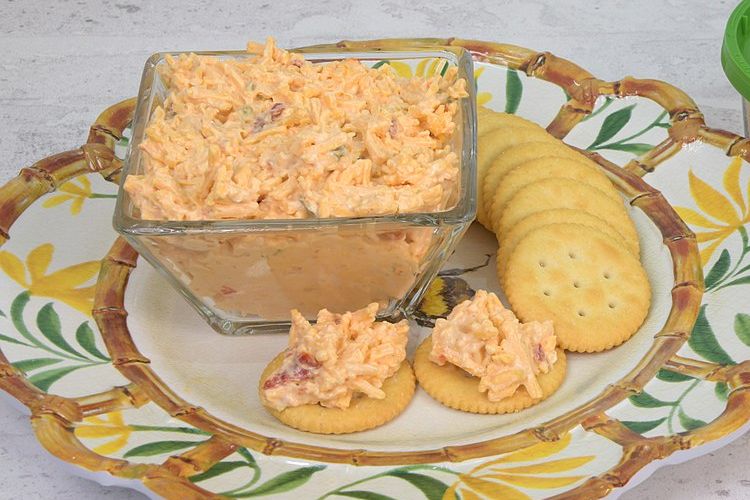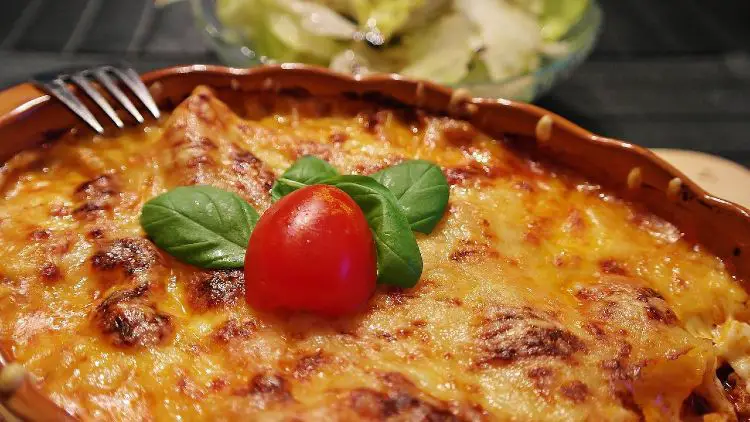The Culture and Cooking of Persia, by Sabrina Ghayour
Iran, known as Persia until 1935, is home to one of the world’s most ancient, continued civilizations that can be traced back to 2800 BC. Persian culture is a rich tapestry of history, literature, poetry and astronomy but one element of our culture seems to have been overlooked by the modern world and instead buried and long forgotten. The culinary history and traditions of Persia have impacted the cuisines of many countries from the Mughal Empire of India to Arab countries of the Middle East and North Africa; wherever you see meat or poultry combined with fruits and nuts, this influence can be attributed to Persia.
Persians are colourful characters; loud and loving, nosy but well-intentioned. Hospitality is of paramount importance to us and the guest is always treated like royalty in our homes. We have this strange custom in our culture called ‘ta’arof’ – which means ‘to offer’ and is a gesture of politeness and respect. It is the practise of putting others before yourself but can often involve people going to quite hilarious lengths in doing so. In one instance, I recall my mother and my aunt bickering for a good 10 minutes over who was going to pay the bill in a restaurant “No, I’m paying. No, I insist, put your money away for goodness sake!” Ta’arof can be applied to anything although, in today’s society, one does question if ta’arof is still as genuine as it once used to be. Either way, along with our ‘bend-over-backward’ style of hospitality, it is something we are famous for doing in Iran.
My own family left Iran when I was just two years old and so I didn’t have the good fortune of seeing the Tehran that my mother would talk of fondly. I wish I could tell you tales of how I learnt to cook by watching my mother and grandmother but the reality is I didn’t. Neither my mother nor my grandmother knew how to cook and therefore passed no pearls of wisdom on to me. The few dishes that became part of my grandmother’s repertoire were things she mastered once we had arrived in London. By my twenties, I realised that nobody was going to pass on the secrets of Persian cookery to me and I made it my mission to teach myself all the most important Persian dishes, if only to cater to my own cravings.
Although real home cooking was scarce in our household, I was still fortunate enough to have a few food-related memories from my childhood. My grandmother would rope me into various arduous tasks each time she cooked. Picking the leaves off of half a dozen bunches of herbs, shelling cardamom pods or broad beans and removing the stems from barberries (tiny sour berries used in a popular rice dish). If I close my eyes, I can still smell those ingredients on my hands and recall my grandmother’s glare as she would check to see if I was finished or not.
There are a few important things that you need to know about the culinary traditions of Persia and its people. The first thing is that food, in every case, should always be abundant; not only in quantity but variety. Generally, catering for double the amount of people eating is perfectly normal in our culture. To under-cater is the worst form of embarrassment that could ever befall any host. Secondly, rice is the absolute centre of any Persian meal. No matter what you are eating, nine times out of ten, rice will always find its way to the table whether served with a stew or as its own stand-alone dish with meat or chicken. Lastly, we rarely eat alone; it’s like an unwritten rule of our culture that suggests that food is always meant to be shared, almost as if the flavour of food improves when done so.
‘Khoresh’ stews are the cornerstone of Persian cookery and ingredients are adapted to the produce that is available in each region. Some stews include both sweet and savoury ingredients as well as both vegetables and fruit. Variations differ depending on family and regional preference and traditionally Khoresh is made using lamb but many people use beef and sometimes chicken too. The secret to making a really good Khoresh is slow cooking, which enables the flavours to amalgamate and intensify, creating a dish with depth and abundant flavour.
Persian food is vibrant and diverse with combinations that are unique in both flavour and texture but also very regional. There are a myriad of dishes that in essence are kept pretty simple as well as the more opulent and intensely-flavoured dishes as well. At parties and gatherings, the feast you prepare almost becomes a show-like spectacle aimed to wow your guests and become a talking-point of the evening. As time goes by, the traditions of our kitchen are often lost or forgotten but the food of my people and the memories of my childhood are sacred to me and so I try to preserve the traditions and recipes of my heritage as much as possible.
So many of our ingredients remain a complete mystery to the western world but slowly some are making their way into the main stream. Pomegranate, persimmon and quince are now more popular than ever before and spices like saffron, cumin and sumac are sold in every supermarket. Rose water and pomegranate molasses also seem more familiar now but what about dried limes, rose petals and verjuice? They don’t seem to get used as much. Our food is neither spicy nor abrasive and the use of herbs, tomatoes and citrus are abundant. Whilst meat is a key component, there is an endless array of seafood and vegetarian dishes to indulge in also.
London alone has nearly thirty Persian restaurants, most of which serve the traditional charcoal-grilled meat but nothing reflective of true home cooking. Whilst preserving authenticity is important to me, in the interest of a lighter way of eating, I make a lot of modern Persian dishes at home, utilising many of the classic ingredients but simplifying the processes involved. The modern slant seems to work very well and creates vibrant and flavoursome dishes for everyday eating and this kind of gentle introduction has proven to be very popular with my friends.
Think of Persian culture as a treasure trove of unexplored delights, begging to be opened. A land steeped in history with quirky customs, beautiful landscapes and warm-hearted people that have been overshadowed by political opinion not shared by the majority, but most importantly, home to some of the best food and produce, you will ever eat. Now if that’s not enough of an incentive to try Persian food, then nothing is. I really hope you enjoy it!


